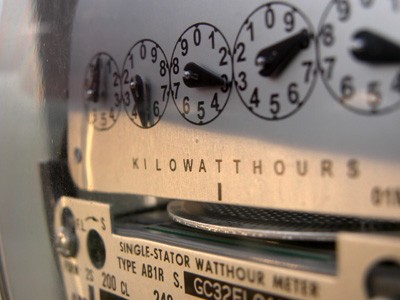 As I have been researching energy efficiency something has bothered me about energy and poverty data. I wanted to see actual income numbers next to energy use, kind of the way we would look at prevalence rates in public health. That would help me wrap my head around the connections between climate policy and fairness. I want to be able to say something like “people who earn less than $15,000 a year pay x percent of their income in energy costs while those who earn more than $50,000 pay much less than x percent.”
As I have been researching energy efficiency something has bothered me about energy and poverty data. I wanted to see actual income numbers next to energy use, kind of the way we would look at prevalence rates in public health. That would help me wrap my head around the connections between climate policy and fairness. I want to be able to say something like “people who earn less than $15,000 a year pay x percent of their income in energy costs while those who earn more than $50,000 pay much less than x percent.”
I did find a chart on the Department of Energy website that indicated that the average family pays 5 percent of its income in energy costs while low income families pay 16 percent. Pretty good information; but I wanted more. The chart was based on the Residential Energy Consumption Survey (RECS) from 2001. So I looked behind the chart and found data from the most recent survey in 2005.
Here is a snapshot.

Based on our deeply flawed system of measuring poverty, it’s pretty clear that those who are below 100 percent of the poverty line—which, in 2005 was $15,577 for a family of three—pay more per square foot, for energy. What about income?

Logically, as square footage goes down energy costs per square foot would go up. But consider a person who earns $100,000 per year and lives in 1000 square feet and a person who earns $15,000 and lives in 500 square feet. Based on the survey the wealthy person is paying about $760 a year for energy or less than 1 percent of her income. On the other hand the person making $15,000 is paying about $495 a year on energy—or more than 3 percent of his or her income.
Clearly, as a percentage of income, the less you make, the bigger share of your income goes for energy.
But still doesn’t seem like a lot of money does it? Three percent. It is true that after looking at the self-sufficiency standard for Washington State and a recent Washington State University review of rents in the state, energy is cheap enough that it isn’t devouring a dangerous amount of monthly income. Solid and current numbers can be hard to come by, but average rent for a one bedroom apartment in Clallam County in 2004, for example, was about $477 a month which is close to the Fair Market Rent (Set by HUD) of $458 per month for that year. And these numbers are averages. There are actual families in the region who are certainly paying greater percentages for energy.
So, here is what I took away from all of this. Even though poor people are paying a bigger share of their income on energy costs, energy is cheap enough today in the Northwest that it isn’t having a huge impact, yet. I have to emphasize the word yet. Many people have been experiencing trouble paying their bills already and imagine what happens when incomes are lost (unemployment in the region is up as are utilityrates). And if energy prices go up suddenly, that 3 percent can become an even larger chunk of a shrinking or disappearing pay check. And all of this assumes a person or family is able to find a place with a rent that fits into their budget.
As Chuck Eberdt from the Whatcom County’s Opportunity Council told me this summer, energy efficiency, for him, really is primarily about reducing poverty and creating fairness. Today many families are already struggling to make ends meet while paying more for energy. Tomorrow achieving broad energy savings could translate into keeping energy costs under control for those who are most vulnerable to price shocks. The time to be addressing efficiency for those on the edge of poverty is today, not when costs soar and do become the difference between families choosing to pay their child care costs or the utility bill.
For more on how energy efficiencies can both address poverty and create jobs be sure to read Sightline’s Green Collar Jobs Primer: Realizing the Promise.








Oemissions
You are going to see this all the way through consumtive patterns.Lower waged people can’t afford hybrids, electric cars,etc.Organic food is not affordable,unless growing some of your own,and they have no money for energy star appliances and sundry green items. A solution may be coupons for green stuff muc like food stamps.
richard pauli
Nice to see it formally studied. Couldn’t I reach the same conclusion looking at my energy bill?I understand that in Mexico, energy usage is more equitable. The more you use, the more you pay.So now the question is what can be done about it? Nothing but tough answers to that one.
John Plodinec
And what do you think the impact of climate change legislation will do to the working poor? Push up their energy costs! Why aren’t the professional environmentalists invoking the precautionary principle over this?